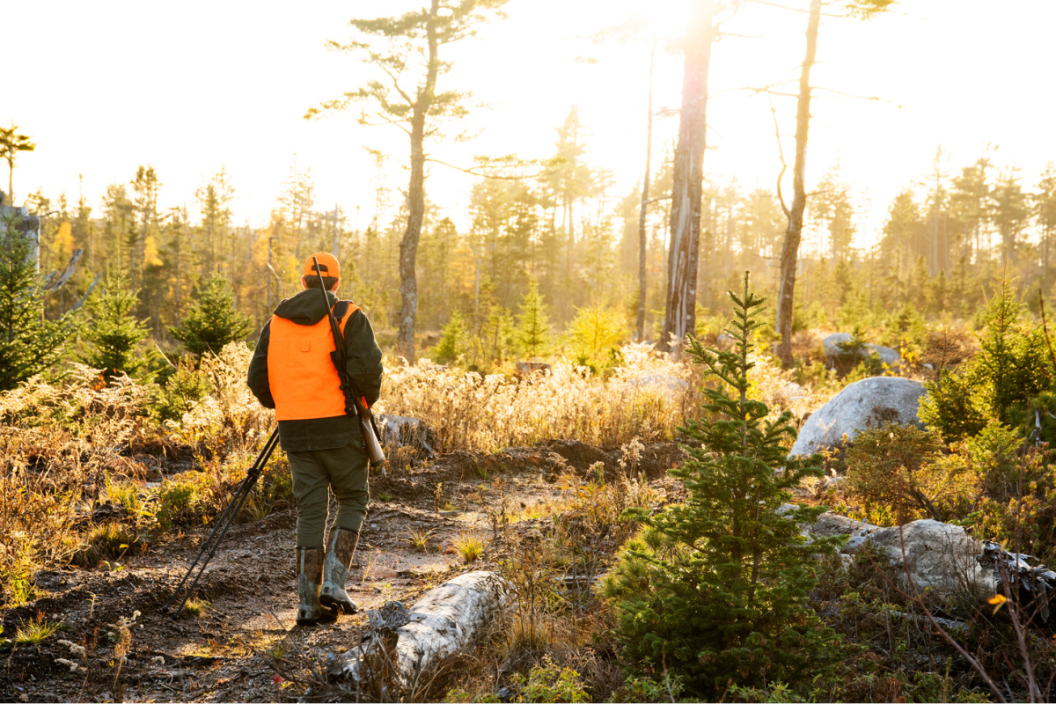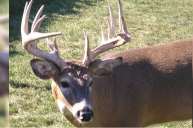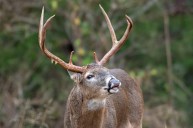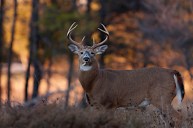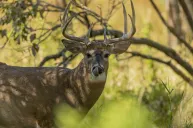Hunters must take some time to reflect on the season, addressing what worked well and how they can improve next year. The most important thing to focus on is where you saw deer signs. If you spent the whole season in the same stand and never saw deer, you should ask yourself whether it's time to find a new deer hunting spot. Sometimes a deer hunting spot can look promising and never pay off.
You're not always going to get lucky during a season and encounter the buck you've seen on trail cameras. Still, you have to at least of some reassurance that deer could be in the area. If not, count your most recent season as a case of trial and error, and move on to another spot if you have one. However, it's sometimes worth taking a closer look at the spot to ensure you can't improve it.
Property Ownership Changed

CHRISsadowski via Getty Images
Let's be clear that I'm not talking about the private land you hunt changing owners, but rather the neighbors. For instance, a piece of land that never got hunted once bordered one side of my uncle's property. We could usually count on deer movement in this sanctuary bedding area on the opening day of firearms deer season every year. We harvested several bucks, making a beeline toward it.
So, the property changed hands one year, and someone started hunting it. The sanctuary was no more, and bucks quit fleeing to it, so the new hunting pressure changed some deer trails. If you've noticed a sudden, extreme change on your hunting land, it could result from something going on next door. They could be hunting with aggressive tactics, or worse, they could be revving up ATVs at the peak of deer hunting season. You might sometimes combat these problems by enticing deer with better food sources and cover on your land. Still, there are plenty of extreme cases where hunters have to abandon their spots altogether.
Your Hunting Spot is Compromised
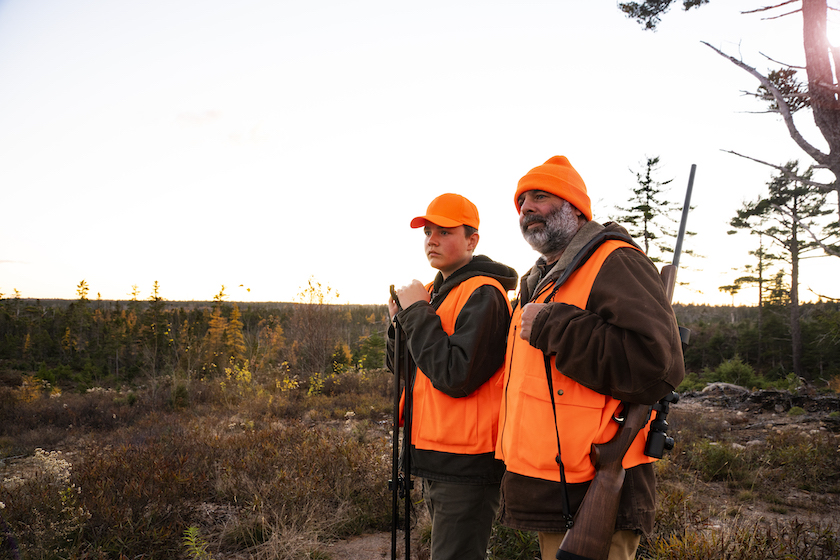
Fertnig via Getty Images
Public land hunting can be simply soul-crushing for whitetail deer hunters, especially novice ones. First, finding a deer hunting spot no one else knows about is tough. If you do, you'd better keep that secret close to the chest. You'll likely know when you find your location if you find a perfect bowhunting spot that holds mature bucks yearly.
Perhaps you've been careful not to mark the pathway to your treestand locations, relied on GPS to get you in and out, and used a climber to leave no sign you were there. Maybe you were even so paranoid about giving away your spot that you didn't cut shooting lanes. All that extra effort can be for naught in a hurry.
If you're out shed antler hunting in January and February and start seeing boot prints, your spot is likely compromised. Most shed hunters are die-hard hunters already scouting whitetail for next year's rut. If the boot prints are there, the tree stands and ground blinds will likely be close behind.
No Fresh Signs
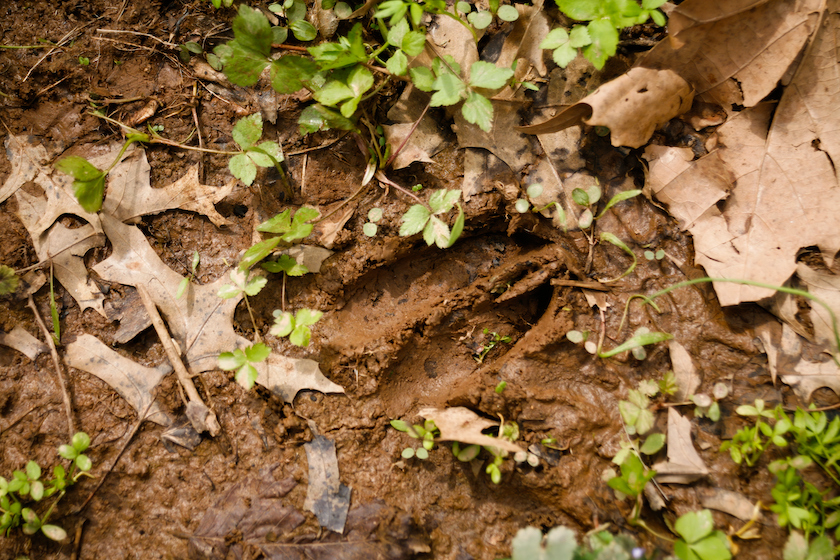
imagewerks via Getty Images
It seems like something that should be an obvious indicator to move on. Still, many hunters stubbornly keep returning to the same spots year after year, even though it's obvious things have changed. Sometimes it's because of tradition, as it can be hard to let go of the stand your grandfather used.
But some people will find things like a young buck dead in an area or a heavy rub line and set up a stand or blind, not realizing the rubs are three or four years old and the buck wasn't remotely fresh. Sometimes you'll see a gradual waning of signs over time due to habitat loss. Development forces many animals are being forced into more urban areas. In some extreme cases, they may disappear from that favorite hunting spot.
Your best resource is your trail camera, so monitor those closely. If you only see a handful of deer throughout an off-season, it may be time to try something else.
There's a Disease Outbreak
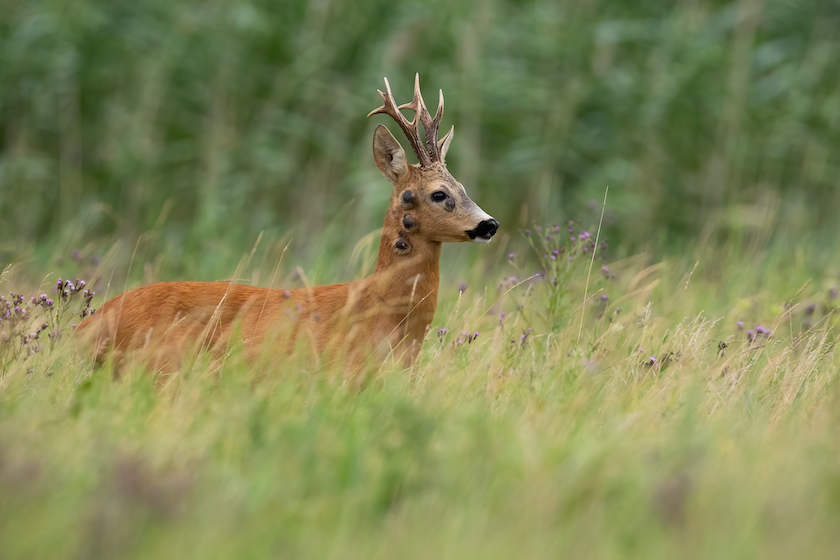
JMrocek via Getty Images
A sudden viral disease outbreak can have a devastating effect on a deer herd. Chronic wasting disease and epizootic hemorrhagic disease are two major ones. If your area gets EHD, you'll likely know when the dead deer start piling up by the dozens. Blood-sucking flies cause EHD. They have dashed the hopes of many hunters who spot a giant buck on camera only to find it lying face-down in a creek a few days before the season begins.
In some instances, it takes years for an area to recover from a disease outbreak. CWD, an always-fatal neurological disorder caused by prions, can linger in a feeding area for years, infecting animal after animal. So far, there's no evidence these diseases affect humans. But you also must ask yourself if it's worth taking that chance, as many medical experts advise against eating contaminated meat.
Then there are all the other unwanted effects these diseases bring. We're talking about mandatory deer checks and testing, baiting bans, and extreme carcass disposal and transport rules.
At some point, it may become too much of a headache. You already have limited time to hunt, so why waste it in an area that could be ruined by one sick deer when you can find big bucks elsewhere?
Your Gut Tells You

Predrag Vuckovic via Getty Images
If you're noticing waning deer sightings in the area, you hunt and do a little detective work first. But if you can't fix the problem, it's better to accept it and give it at least a season before trying again. Hopefully, it isn't permanent!
But of course, sometimes there are just no changing neighbors or stopping the spread of progress from ruining your favorite spot. Examine all options and trust your gut feeling on a hunting spot, as you'll find that feeling is right more often than not. You'll find that feeling is right more often than not.
This article was originally published on June 20, 2022.
For more outdoor content from Travis Smola, follow him on Twitter and check out his Geocaching and General Outdoor Youtube Channels.
